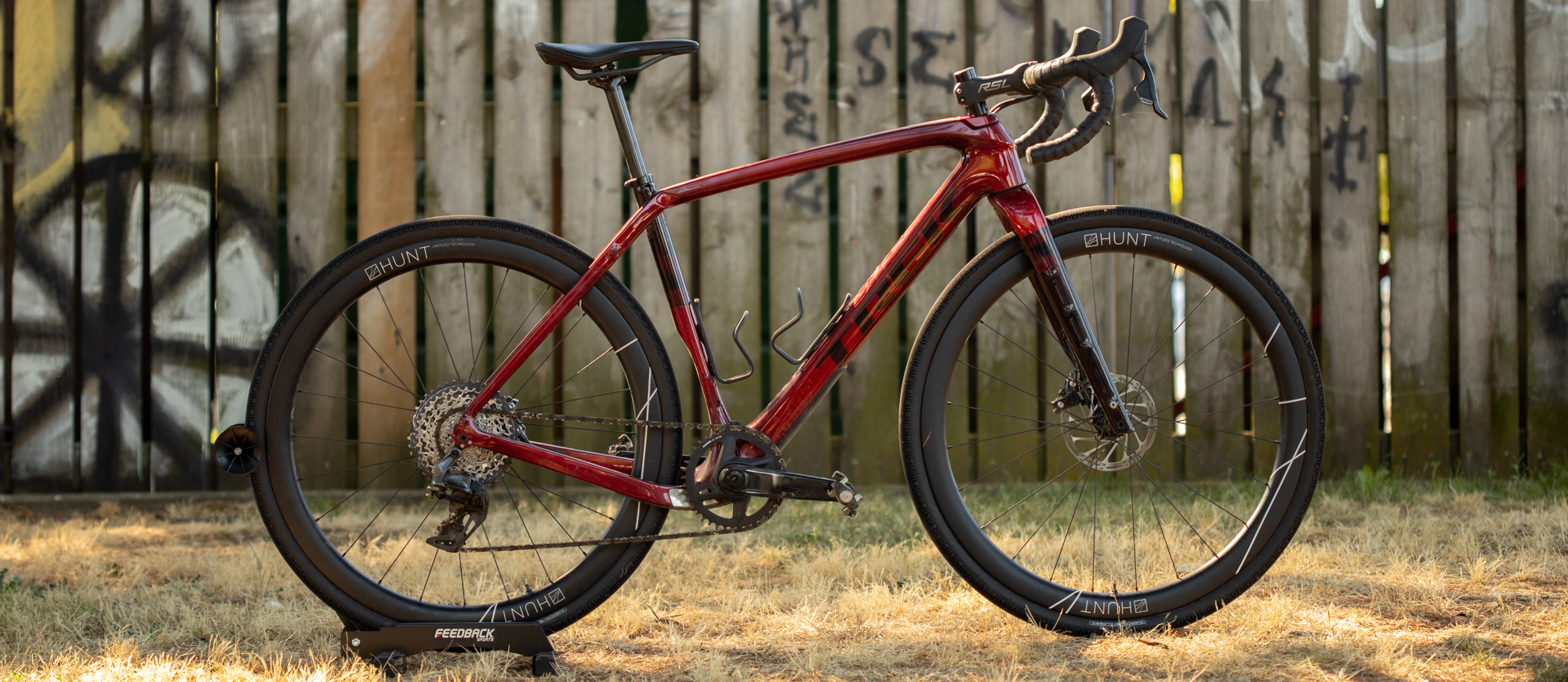Cyclingnews Verdict
If you can only have one bike, the Trek Checkpoint SL6 eTap is a serious contender. It’s the kind of bike that just works. You can upgrade it if you want to but you don’t need to. There are mounts for mudguards and bags, and with only a tyre change it will transition from a comfortable road bike to a capable off-road partner.
Pros
- +
SRAM Rival AXS is the perfect groupset for an all-arounder
- +
Mud-guard mounts
- +
Mounting points for every bag you can think of
- +
Non-proprietary seat-post provides options
- +
Internal storage is convenient
- +
Downtube protection eases worry
- +
Threaded bottom bracket
- +
Ideal all-around gearing
Cons
- -
Short stem for added stability means handlebar/knee interference
- -
Lacks included protection for the chain stay
- -
Detail behind the fork steerer collects water and is difficult to clean
You can trust Cyclingnews
There's a cadre of people who get really far out into adventure riding that it's basically a small step away from needing a mountain bike. There are also lots of people who want the absolute fastest road bike available. Those ends of the spectrum don't represent the vast majority of riders though. Most people have a lot less focus and need a good, versatile bike that just works. We included the Trek Checkpoint on our list of the best gravel bikes available because that's exactly what you get, a bike that just works.
The Trek Checkpoint is a bike that I have held onto for close to a year. It carried me across thousands of miles and all kinds of weather. I've had adventures on and off the road and I've put the bike to the test in every type of riding I could think of. After all this time, I'm ready to discuss the experience, what I like about it and where it falls short. If you've been considering a new gravel bike keep reading to see if the Trek Checkpoint is the right choice for you.
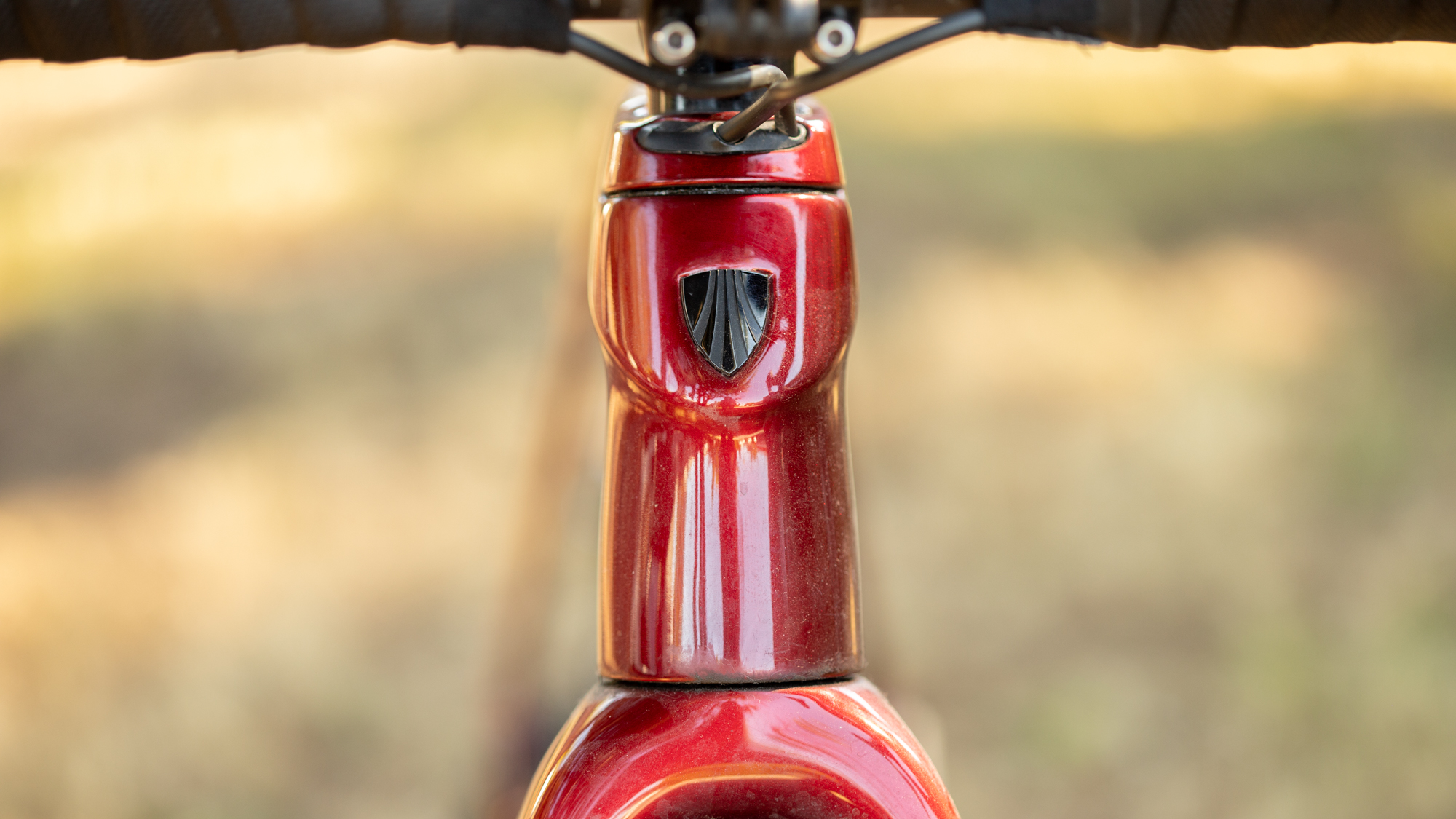
Design and aesthetics
In many ways the Trek Checkpoint is a fairly uncomplicated design. The biggest standout design feature is the rear IsoSpeed decoupler system but even that piece, at least in the SL, sticks to the less complicated version. Trek refers to this version as the "seat tube IsoSpeed" and it refers, as expected, to the seat tube alone. There's no adjustment, nothing to think about, and just an isolation of the seat tube from the structure of the top tube and the seat stays. The end result is a passive suspension design that relies on flex in the 500 series OCLV carbon.
To further exaggerate the effect, there's a prominent cutout near the bottom of the seat tube. The cutout doesn't reroute the tube for better aerodynamics but instead narrows the tube. The narrow point becomes the fulcrum and the rest of the tube has room to move around. If you want to add even more passive suspension, the non-proprietary round seat post means there's plenty of opportunity to take advantage of aftermarket seatposts. Something like the Ergon CF Allroad Pro Carbon seat post is an easy swap, further emphasising how uncomplicated the design of the Checkpoint is.
There are a few other smart little design features as well. Details that continue to keep it simple but functional like the in-frame storage. Behind the water bottle mounts on the downtube is a lever that opens up a space at least as big as your typical flat repair kit. There's a bag that makes sure anything in the space doesn't rattle and the back of the door has room for the Bontrager Bits Multi-tool.
On the other side of the down tube is where you'll find the carbon armour. This amounts to plastic cladding permanently attached to the lower section of the downtube. It's once again simple but important. Unfortunately, there's no matching armour on the rear chain stay but what you will find is a water bottle mount in the carbon armour.
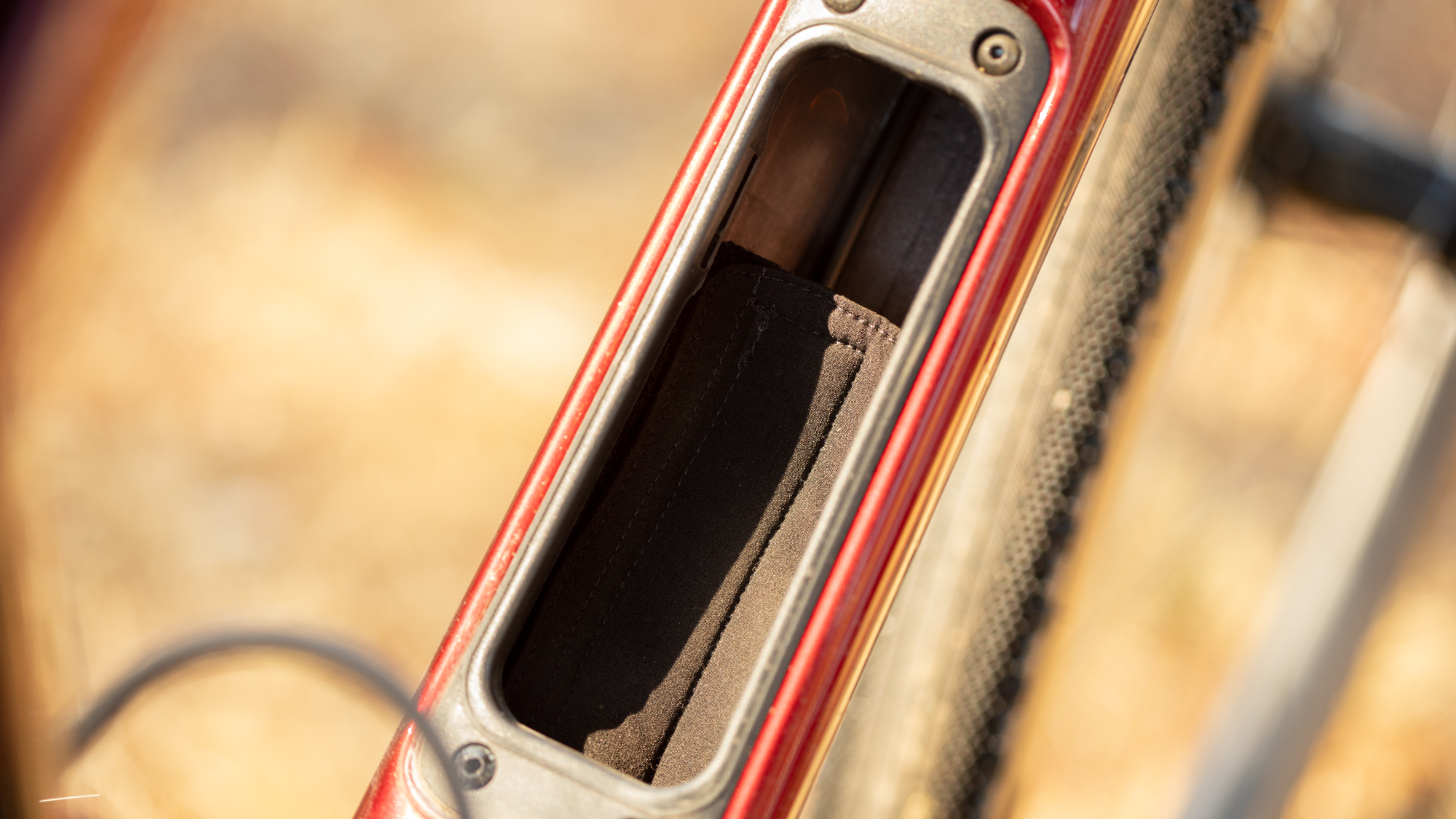
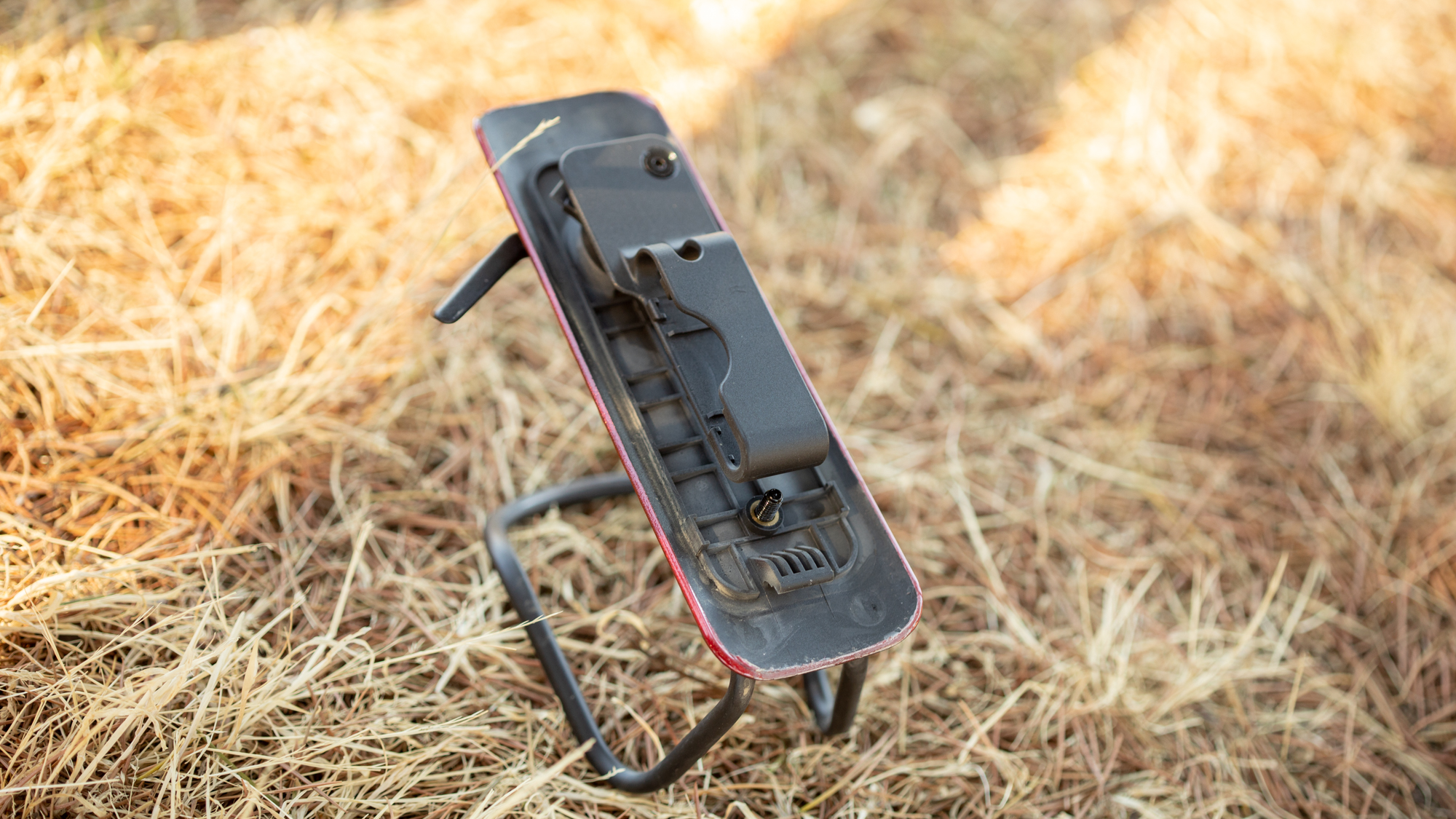
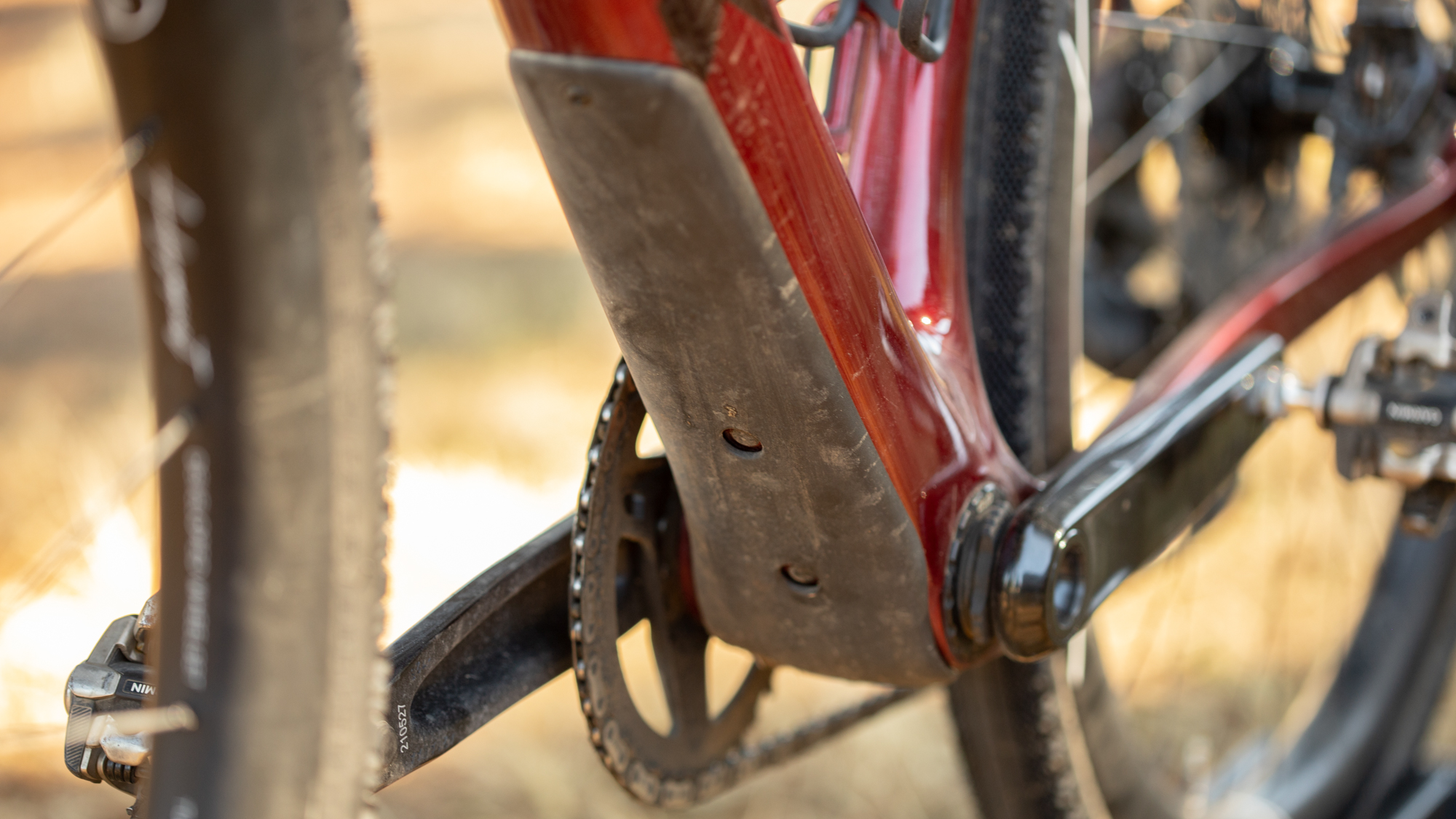
The under-the-downtube water bottle mount is just the tip of the iceberg when it comes to mounting points. There are two standard water bottle mounts, that one under the downtube, and an extra three mounting points higher up the downtube. If you aren't running frame bags that's room for an extra water bottle but there are also three mounting points under the top tube. The Bontrager adventure frame pack, on our list of the best bikepacking bags, will attach to the frame without straps using these mounting points. That still leaves an extra pair of mounting points on the upper portion of the top tube for a bolt-on top tube pack.
The SL version of the Trek Checkpoints goes even farther with mounting options. While the SLR build gets the lighter 700 series OCLV carbon it also does with "only" the fourteen frame mounting points. Sticking to the SL models means there are also three extra mounting points on each side of the fork. Both models also have the option of fitting real mudguards and the Bontrager NCS Alloy Fender Set is one of best out there although there are also other options on our list of the best mudguards.
Like the design features, the aesthetics of the Checkpoint differ a bit throughout the lineup. The top-shelf SLR 6, 7, and 9 are where you'll find the most colour options while lower down the line the ALR and SL models have only one or two colours depending on the specific build. In the case of the SL 6 eTap here, the only colour available is a deep red Crimson/Carbon Red Smoke that dips the bulk of the frame in a rich high-gloss blood red. There are metallic flakes throughout and a geometric pattern at the downtube and forks with a few details in a darker smoked red.
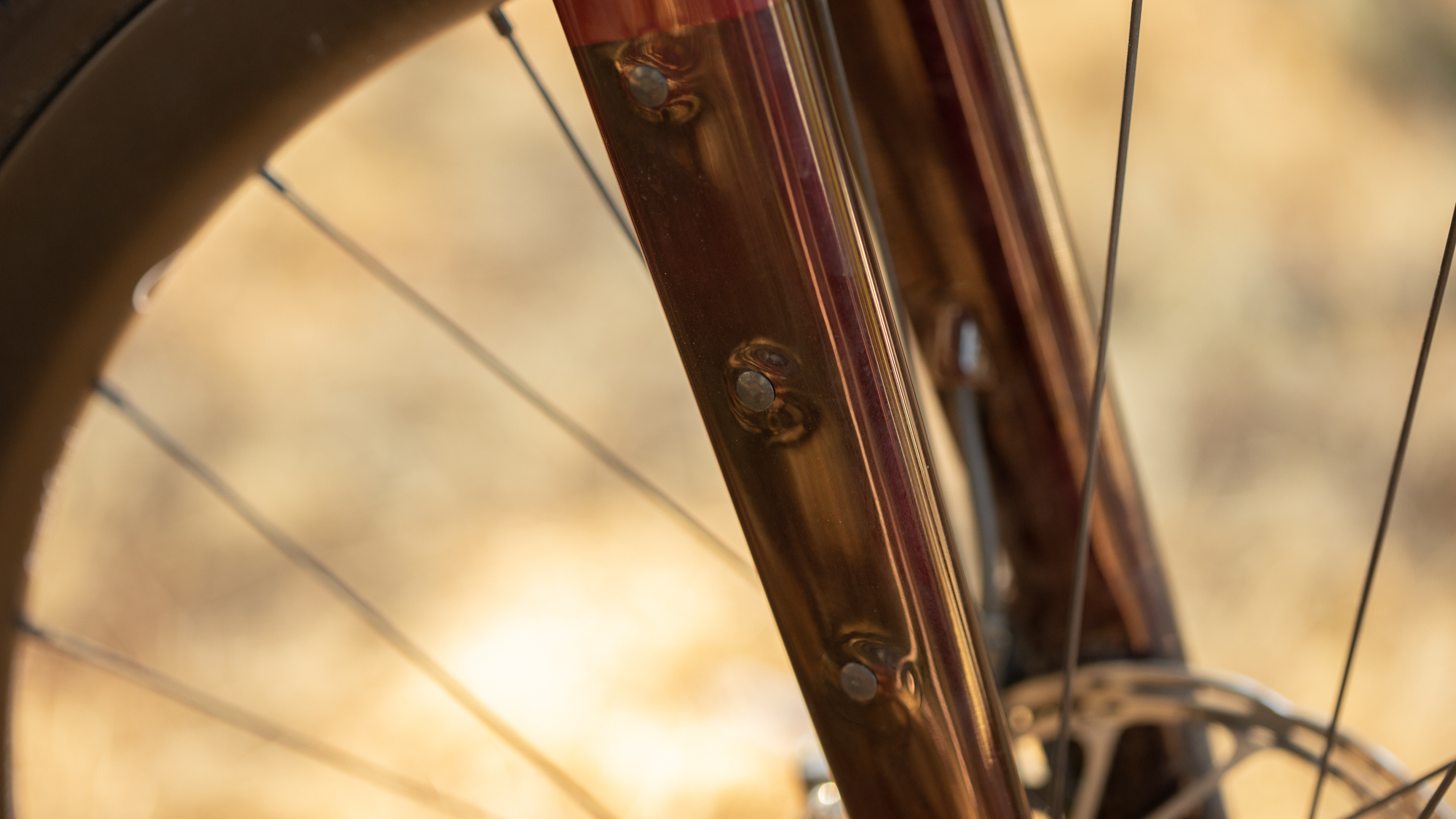
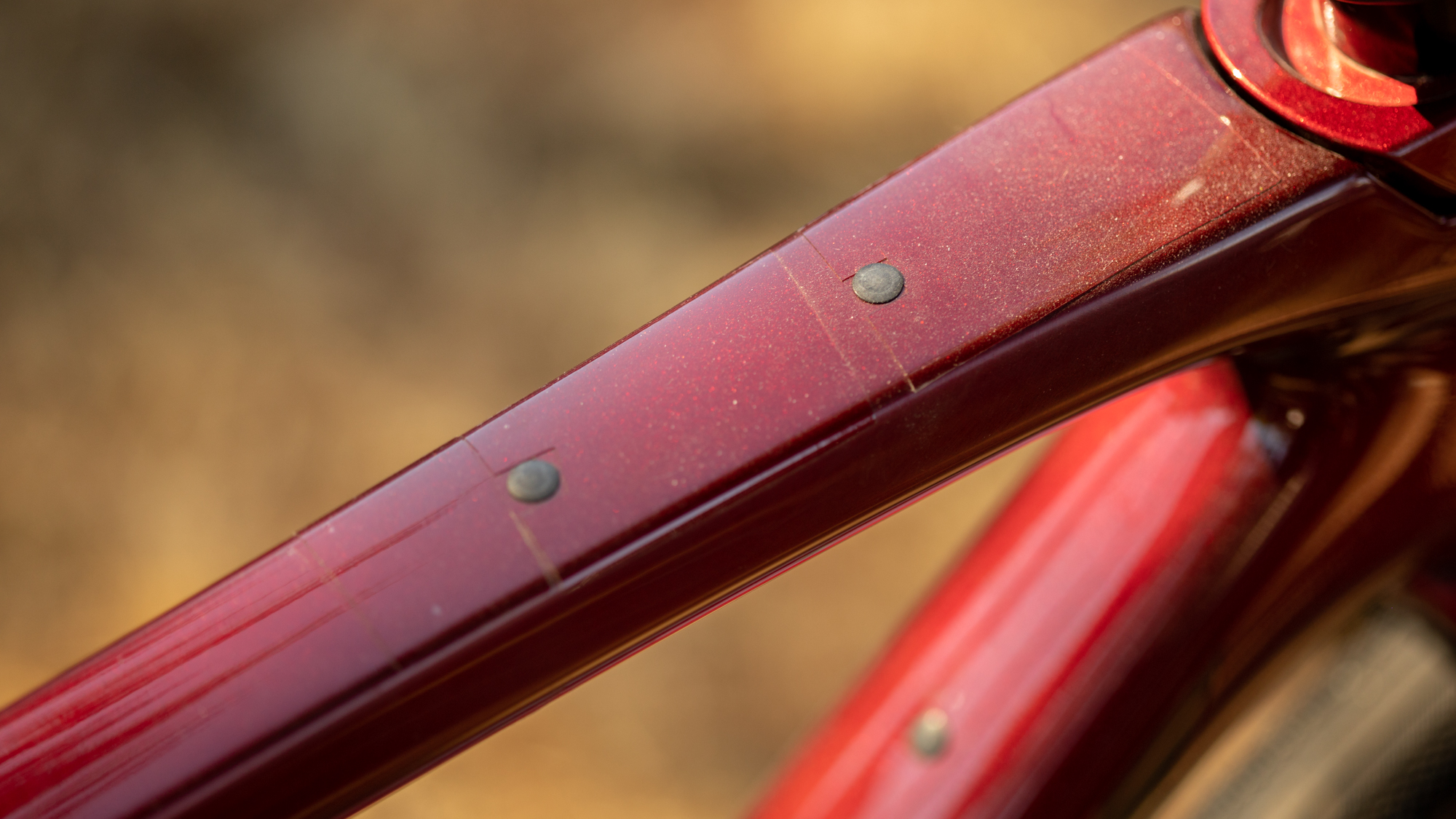
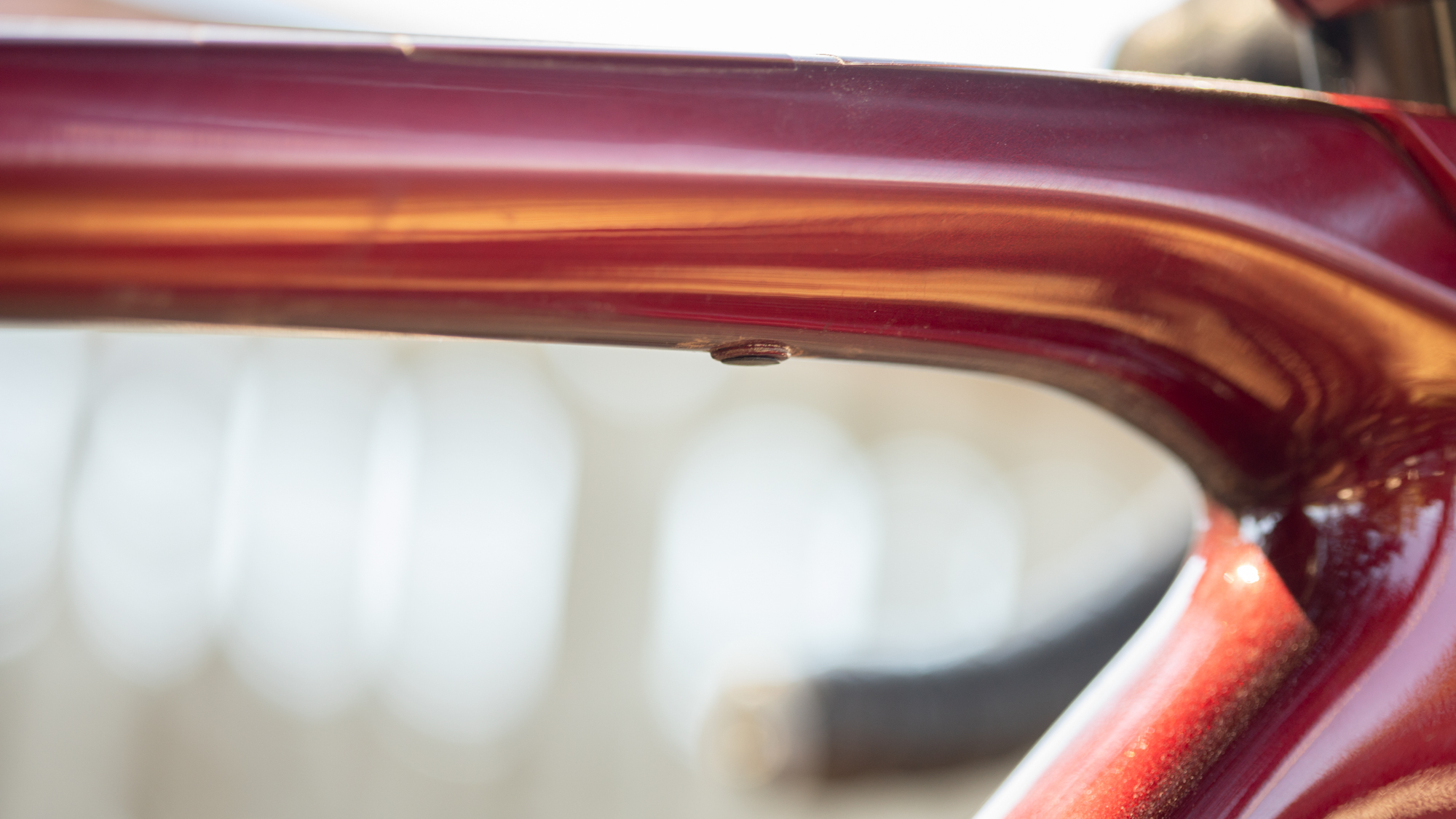
The build
The Trek Checkpoint lineup is extensive to the point of confusion. Right now, there are 12 different models listed with three frames serving as the building blocks. Serving as the entry-level models, the aluminium ALR frameset gives less expensive options with two builds before moving up to the carbon SL models. All using the same 500 series OCLV carbon, the SL models have three builds. These are less expensive than the SLR models but also focused more squarely on bikepacking with additional fork mounts. At the top of the lineup, the four SLR models switch to the lighter 700 series OCLV carbon and they also lose the fork mounting points.
The SL 6 eTap that we spent our time with represents a middle-of-the-lineup option and costs less than half the price of the top model. The groupset is SRAM Rival AXS with 12 gears across a 10-44 cassette and a 40-tooth front crankset. The frame works with 1x or 2x but if you want a front derailleur you'll have to decide if you'd prefer to move up or down. Down drops to 11-speed GRX while up gets SRAM Force AXS Wide but also packages carbon wheels and represents a significant price jump.
Instead of the carbon wheels on the more expensive SL 7 eTap, the 6 comes with the alloy Bontrager Paradigm Comp wheelset. While not a particularly high-end wheel these check all the boxes with a centre lock disc interface, 25mm internal width, and tubeless compatibility. Thru axles are standard bolt-through in 12x142 and 12x100 and the included tyres are Bontrager GR1 Team issue in a conservative 700x40mm width. There is space for up to a 45mm tyre if you find yourself looking for more off-road capability.
For the touchpoints, expect Bontrager pieces. The saddle is a short nose Bontrager Verse Comp with steel rails and it's supported by is a 27.2mm carbon piece also from Bontrager. At the front of the bike the bars are the rather unique Bontrager Elite Gravel bars that we feature in our best gravel handlebars list. They have an integrated foam padding to help ease the rough roads and come paired with a shorter than standard Bontrager alloy stem.
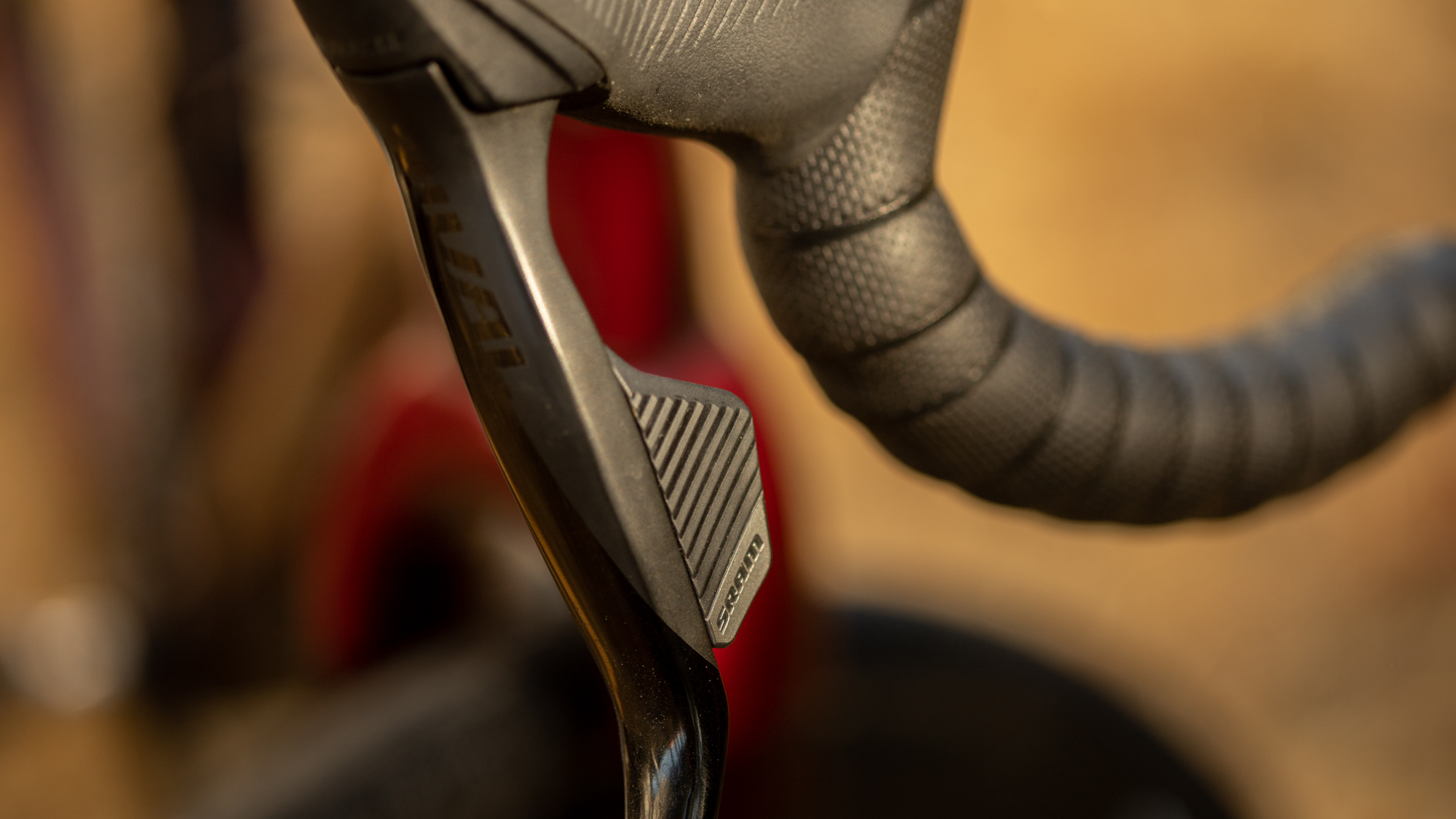
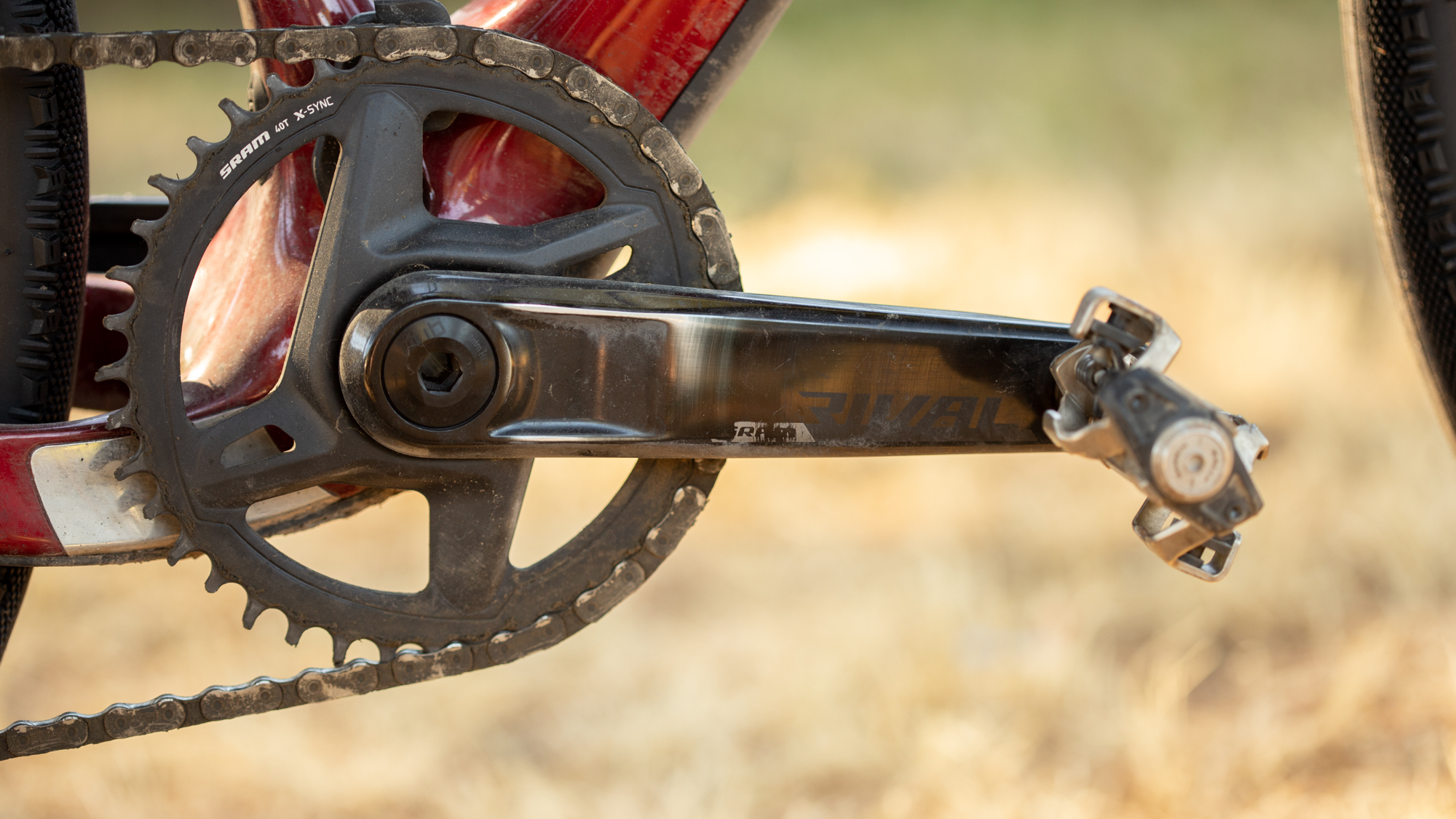
Performance
As a journalist who writes about cycling technology, I have an attraction to exotic tech in bikes. The new Trek Madone with a chunk missing from the seatpost sounds interesting. Or, if we are talking gravel, maybe a single-sided Lefty suspension fork like the Cannondale Topstone I previously spent time on. The wilder the better for me both because of my job and because that's my personality.
The problem is that those kinds of bikes can be difficult to live with. The higher the integration and the more proprietary the pieces, the bigger the challenge. For example, the Lefty fork is amazing at what it does but if I want to drive to a ride with a friend I have to ask what kind of rack they have. If it's a fork-mounted version, then it won't work for me.
Then there's the Trek Checkpoint SL 6 eTap and its distinct lack of fancy technology. On paper, it's almost a boring bike but when people ask me for a bike recommendation, it's often my go-to choice. There are mounts everywhere, including for mudguards and it will do whatever you ask of it. I got the Checkpoint, added Garmin power pedals and swapped the saddle to an Ergon SR Allroad Core Pro, and proceeded to ride it for thousands of miles without ever having an issue. When winter hit, I added mudguards and rode through the winter spending seven hours at a time in constant rain every weekend. I never once had to mess with seat post issues or creaky bearings, everything just worked.
I changed wheels and handlebars because I was testing things but the stock pieces were fine. The groupset in particular is a highlight and has become my gold standard example of why 1x12 might make sense for everyone. Rival has worked flawlessly and while 11-speed 1x gearing occasionally leaves me searching for gears, 1x12 has everything I need. The 40-tooth front and 44 rear works for climbing on loose surfaces, even with a loaded bike, but has plenty of gearing for road riding too. Every now and then I spin out when descending and chasing someone but it's rare and I prefer to have the climbing gears.
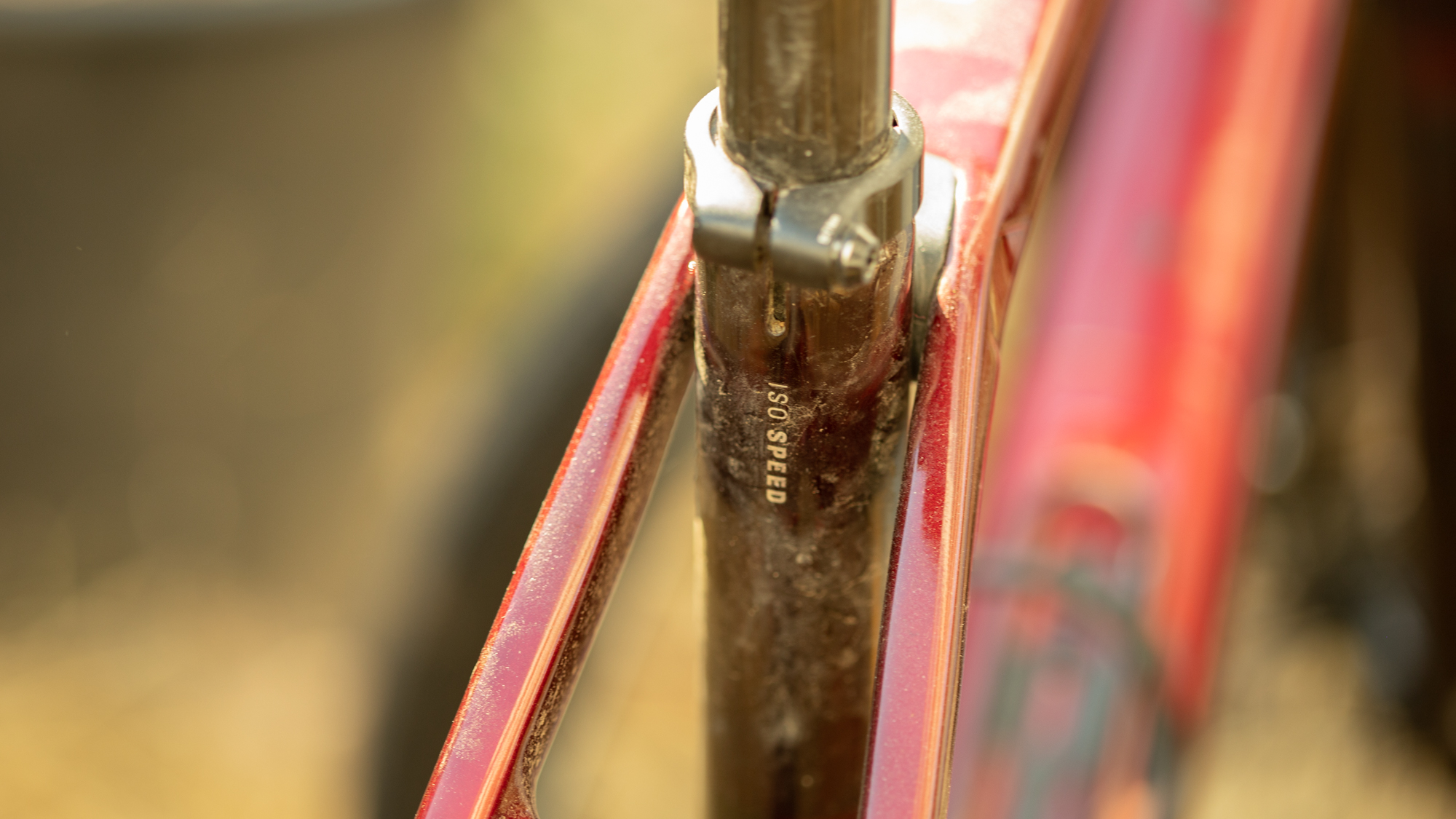
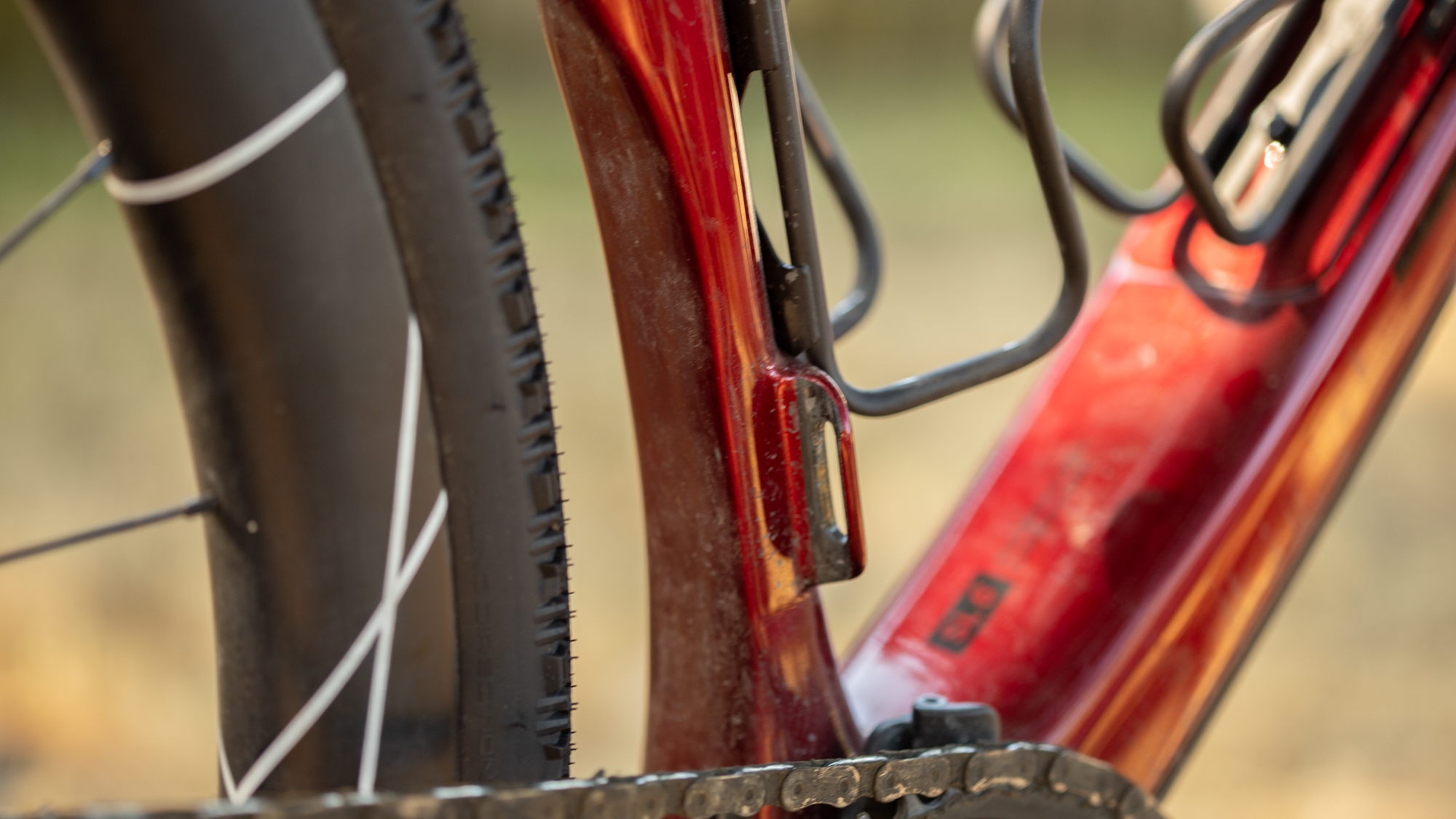
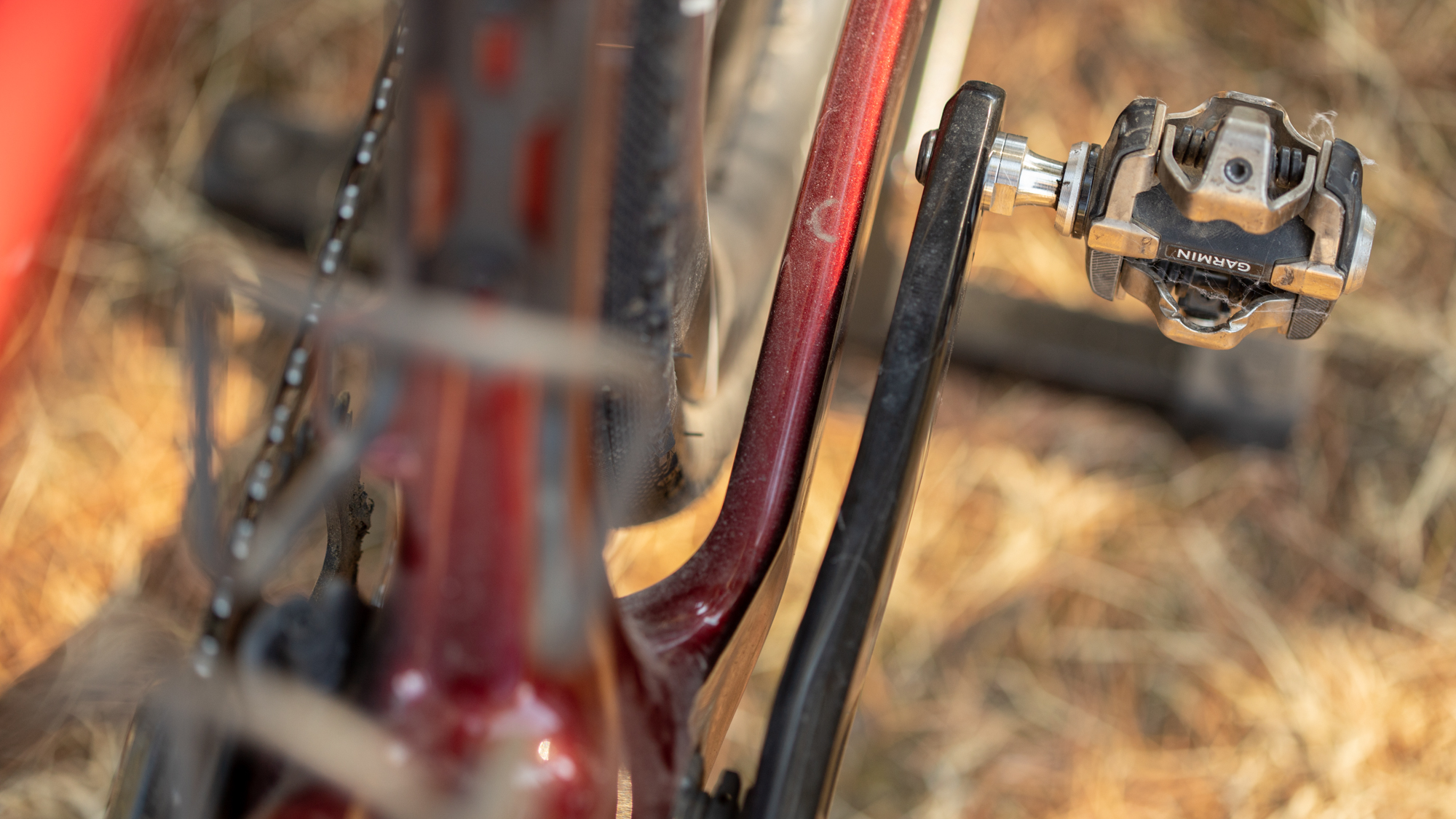
When asked, I tell people you can walk out of the store with an SL 6 eTap and there's nothing you need to swap. The wheels aren't light, or fancy, but they work just fine. Same with everything else except the stem. One of the headline details about the Trek Checkpoint is the geometry that uses a short stem and a long wheelbase and right away I found it annoying. I swapped to the Trek RSL stem in a 100mm length as soon as possible. I noticed no lack of stability but I did stop banging my knees on every hill.
Other than the stem, the Checkpoint has never left me asking for more. During the winter I would come home freezing and drenched with a bike caked in mud. I didn't wash the bike and at one point the brakes only alerted me to an issue when the pads ground down to the metal backing. Despite the lack of maintenance the groupset, wheels, and frame haven't needed anything. If I want to go bikepacking, I will never need to get creative with mounting. If I want to use the Checkpoint as a road bike, a tyre swap will have it ready to go.
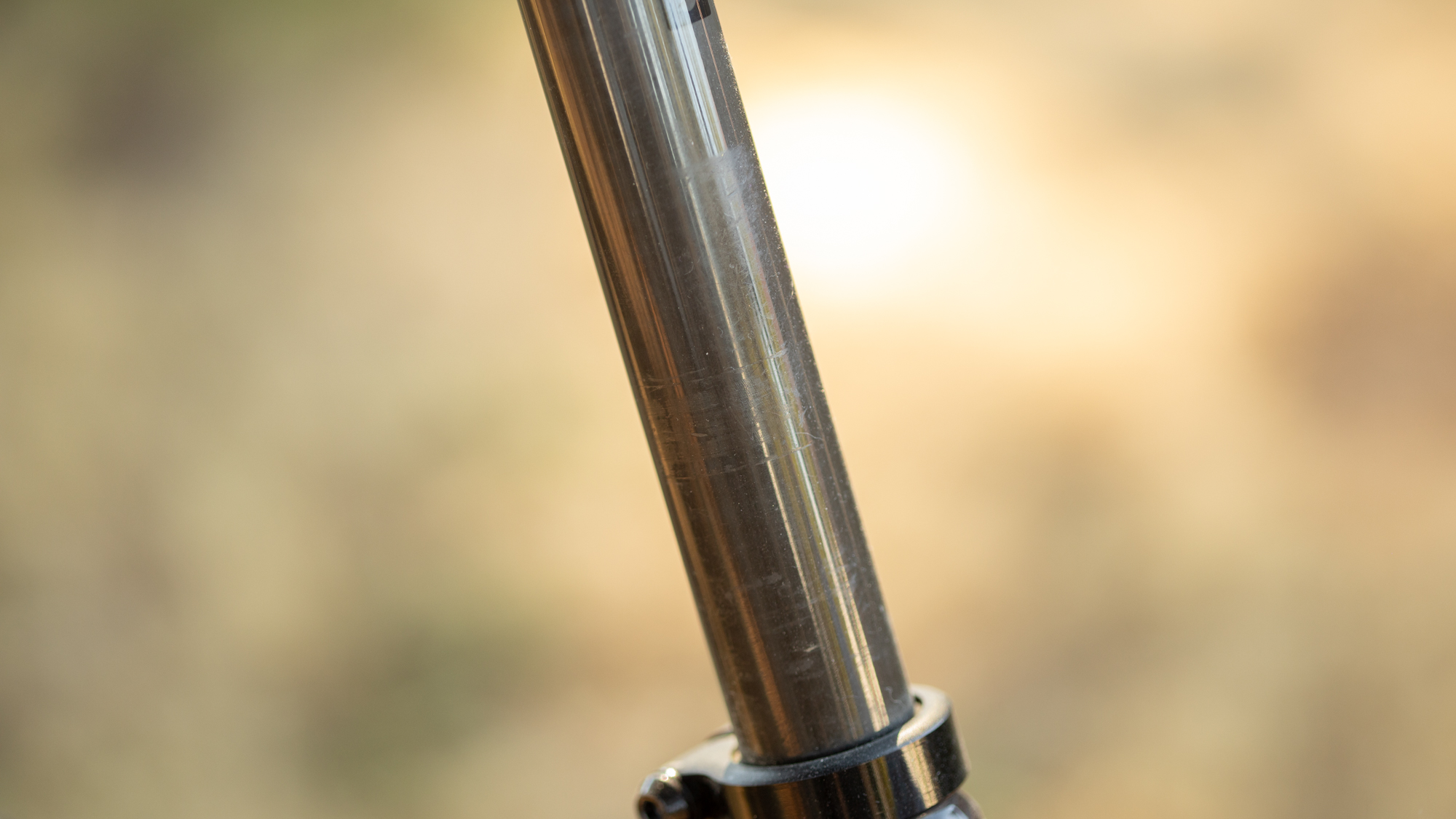
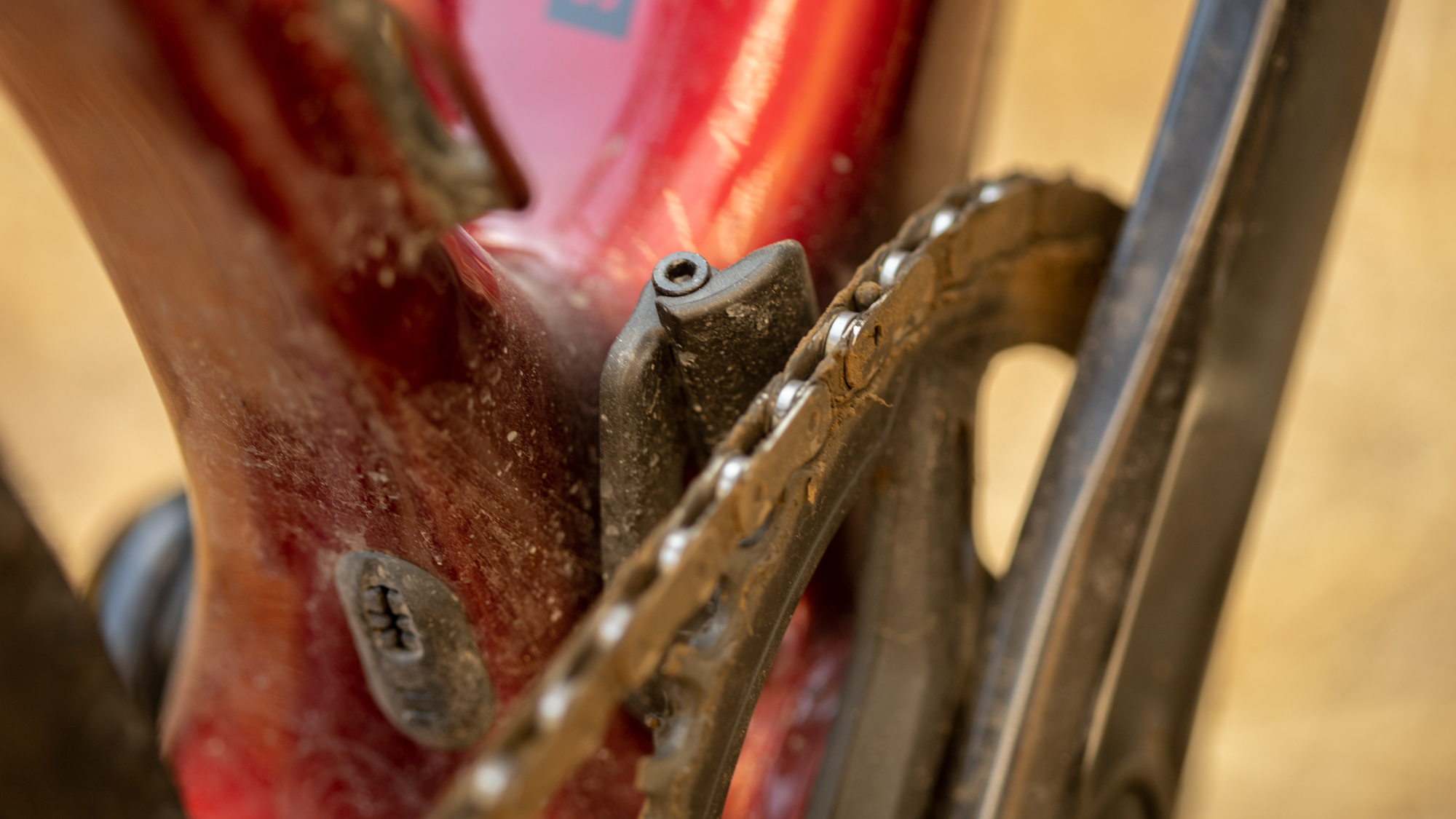
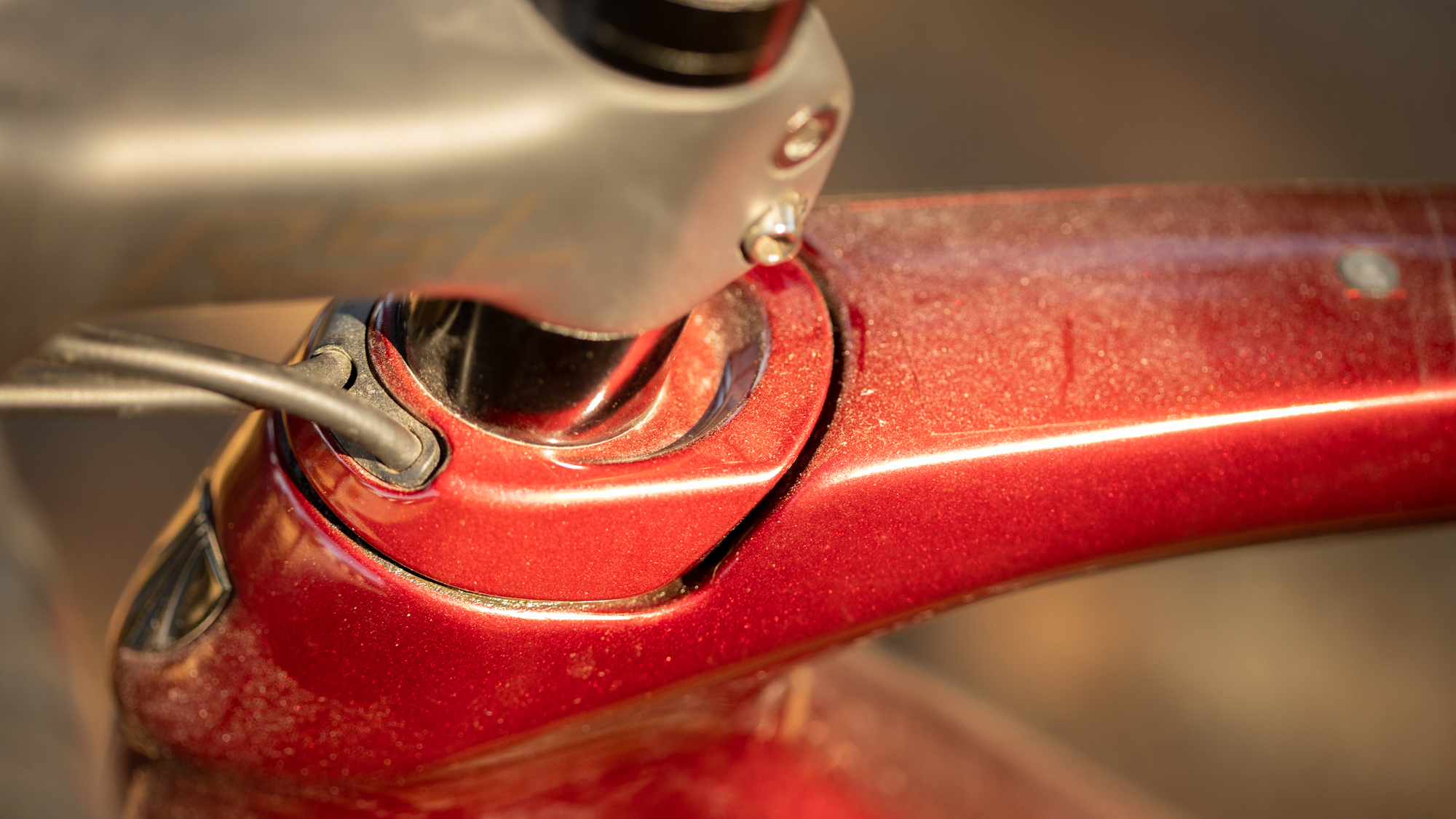
Verdict
There are bikes that excel at a particular thing. You can get as specialised as you want in whatever area appeals to you and you can collect a quiver of bikes that you choose between depending on what's on the menu that day. Or you could get a bike like the Trek Checkpoint SL 6 eTap that just works no matter what you want to do.
The Checkpoint might be a gravel bike but that's far from all it offers. Swap to a 28 or 30mm tyre for road riding and it's perfectly capable of keeping up with whatever group you want to ride with. If a summer gravel race catches your eye, swap on a 40mm tyre and only your legs will keep you off the podium. For a more relaxed pace bikepacking weekend, a 45mm tire might be a good option and you can load up all the mounts with every bag you can think of.
The only real question is which of the many build options makes sense. The SLR frameset is lighter but it's also a lot more expensive and it lacks mounting points on the fork. The SL 5 build gets you all the mounting points at a lower price but it’s also an 11-speed mechanical build with narrower wheels. If you are looking to save money look to the aluminium frameset options and if you've got a bit more money to invest, the Trek Checkpoint SL 6 eTap represents a do it all bike that balances price and performance.
| Design and aesthetics | Beautiful but it would be nice to see every paint option offered across the lineup. | 9/10 |
| Components | The pieces are excellent and the gearing in particular is a highpoint. | 10/10 |
| Performance, handling and geometry | It might be easy to swap a stem but in an otherwise well appointed bike needing to swap stems because of geometry is a hassle. | 8/10 |
| Weight | Not a category leader but it’s where you’d expect a bike of this type to be. | 8/10 |
| Value | It’s a lot of money but it’s a significant saving compared to a Specialized Diverge, only slightly more than a mechanical Cannondale Topstone build, and about the same price as a Canyon Grizl when the wheels are considered. You can find comparable builds for less but it’s pretty competitive. | 9/10 |
| Overall | Row 5 - Cell 1 | 88% |
Logbook: Trek Checkpoint SL6 eTap
- Temperature: .5-38 degrees C / 33-100 degrees F
- Weather: Anything you can ride in
- Road surface: paved roads, unpaved roads, and double track
- Rides: many
- Mileage: 2778km / 1726 miles
Tech Specs: Trek Checkpoint SL6 eTap
- Price: £4,000.00 / $4,499.99 / €4,449.00 / $5699.99 AUS
- Frame: 500 Series OCLV Carbon, IsoSpeed, internal cable routing, downtube storage door, 3S chain keeper, T47 BB, rack and fender/mudguard mounts, integrated frame bag mounts, flat mount disc, dropper post compatible, 142x12mm thru axle
- Size: 54cm
- Weight: 9.05 kg / 19.96 lbs claimed for size 56
- Groupset: SRAM RIVAL XPLR AXS
- Crankset: SRAM Rival XPLR crank; 40T
- Cassette: SRAM Rival XPLR 10-44T
- Wheels: Bontrager Paradigm Comp 25, Tubeless Ready, 25mm rim width
- Handlebar: Bontrager Elite Gravel, 42cm width
- Stem: Bontrager Pro, 31.8mm, Blendr compatible, 7 degree, 80mm length
- Seatpost: Bontrager carbon, 27.2mm, 8mm offset, 330mm length
- Saddle: Bontrager P3 Verse Comp, steel rails, 145mm width
- Tyres: Bontrager GR1 Team Issue, Tubeless Ready, 700x40c
- Max tire size: 700x45c / 650x2.1"
Josh hails from the Pacific Northwest of the United States but would prefer riding through the desert than the rain. He will happily talk for hours about the minutiae of cycling tech but also has an understanding that most people just want things to work. He is a road cyclist at heart and doesn't care much if those roads are paved, dirt, or digital. Although he rarely races, if you ask him to ride from sunrise to sunset the answer will be yes. Height: 5'9" Weight: 140 lb. Rides: Salsa Warbird, Cannondale CAAD9, Enve Melee, Look 795 Blade RS, Priority Continuum Onyx
